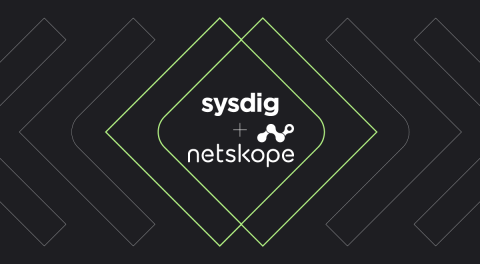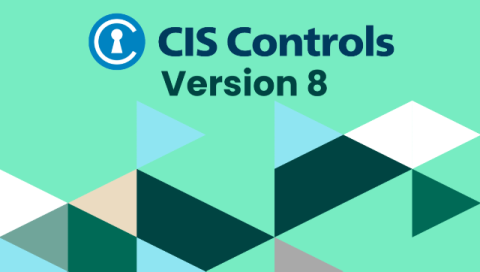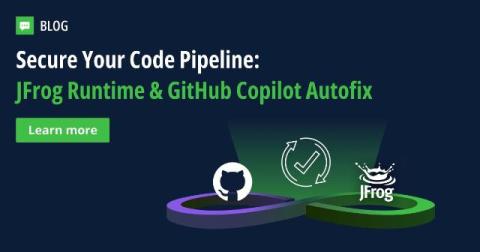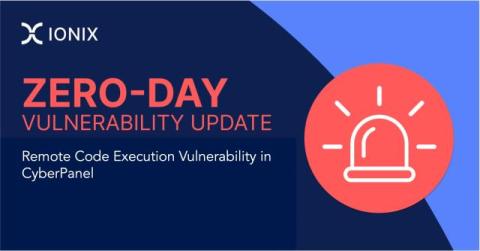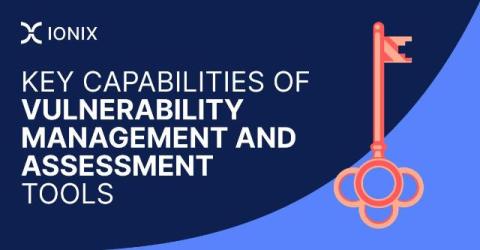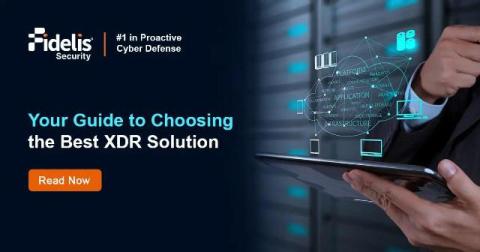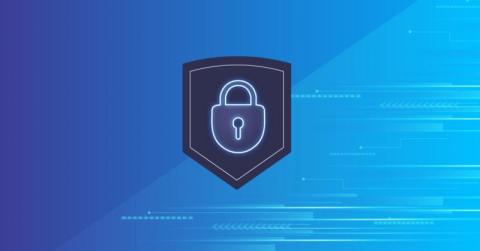Identity is the Perimeter of the Cloud
93% of last year’s data breaches began with compromised credentials. Before the cloud, security perimeters were defined by physical walls and network boundaries, but in the cloud, that perimeter has all but dissolved. Consider what happened in November 2023, when a cloud observability vendor found evidence of unauthorized access to its staging environment — an environment that housed customer data and PII.


